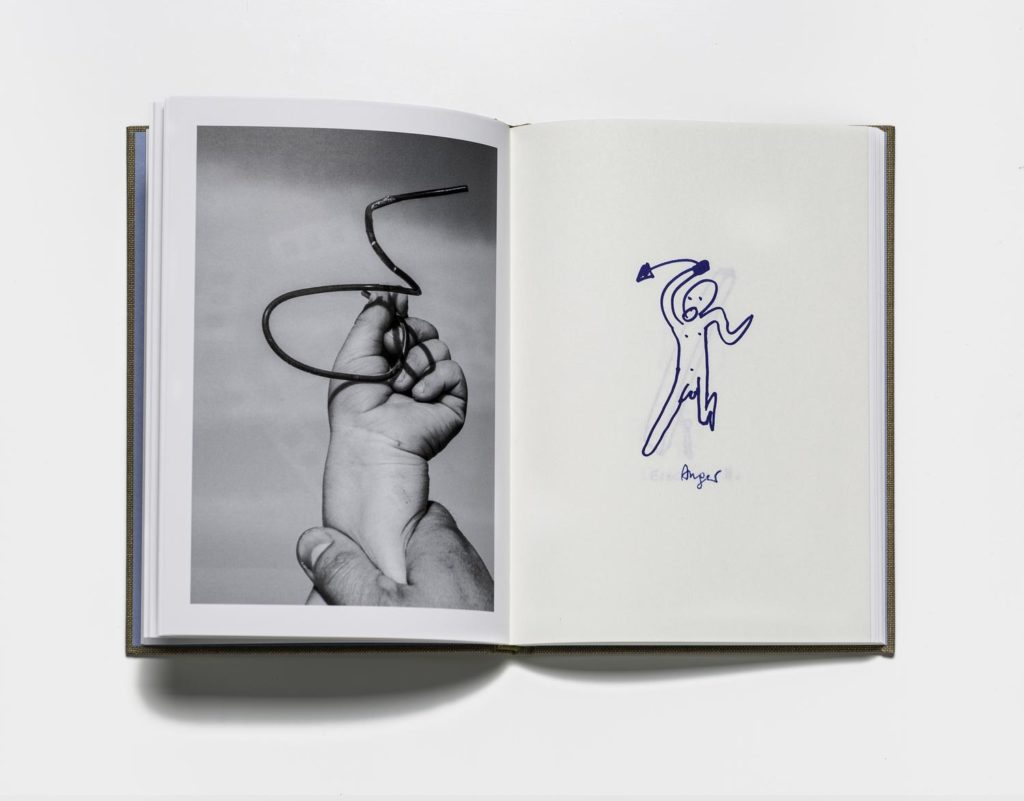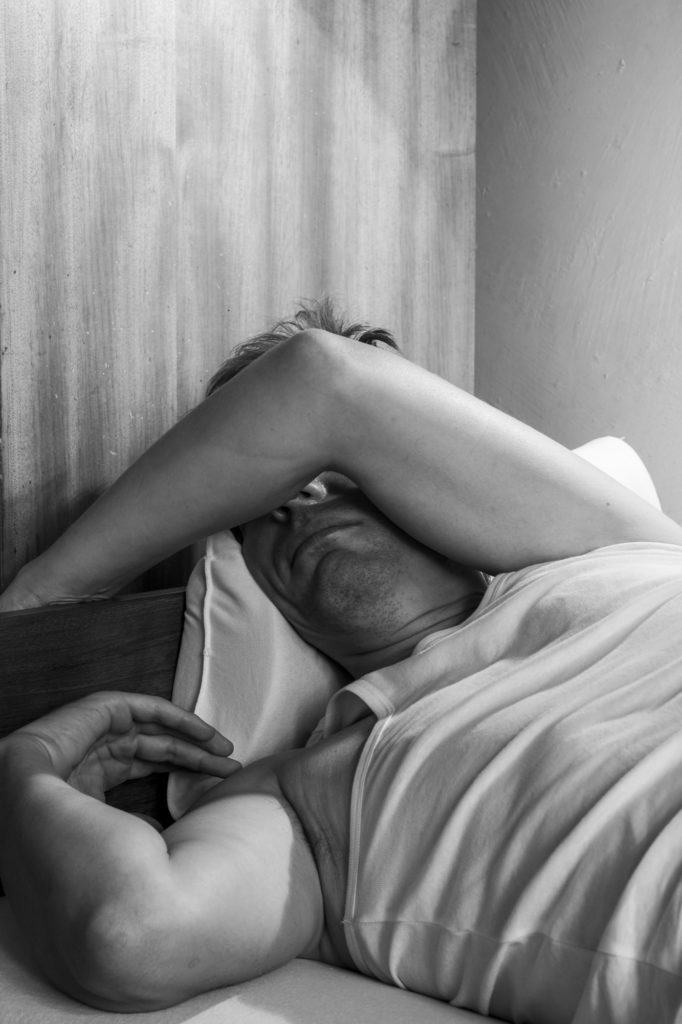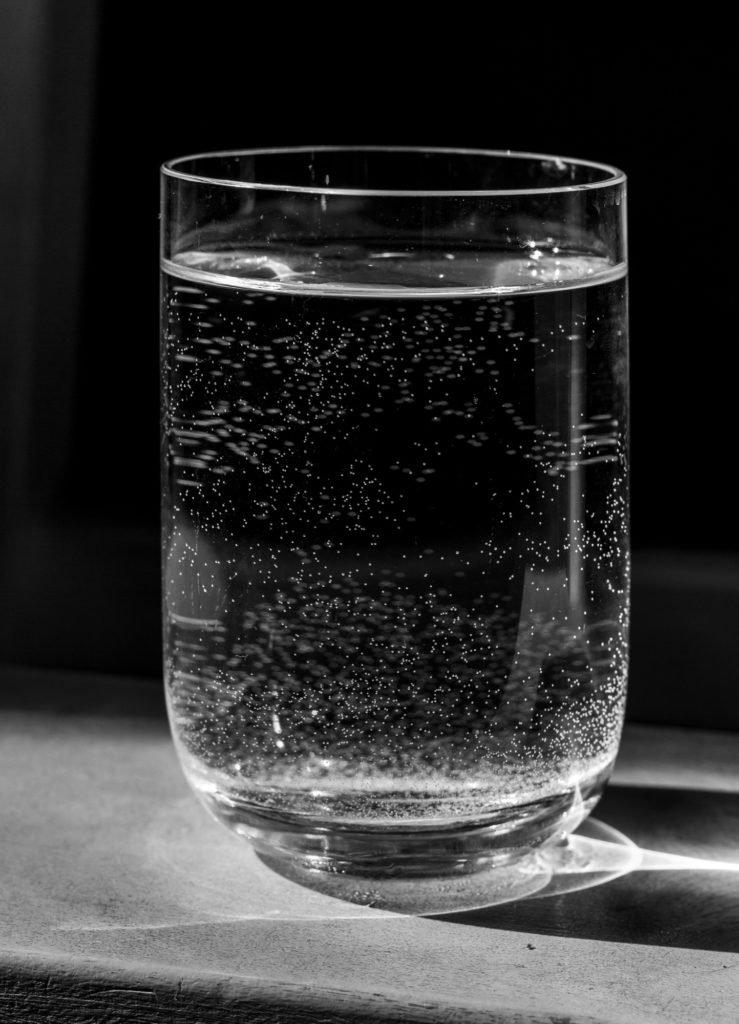Peter Puklus is an artist currently living and working in Budapest, Hungary. Beside the photographic gaze which can always be found in the center of his works, he recently started to explore undiscovered territories beyond the wooden frame. His recent projects involve sculptures, objects, paintings, installations, drawings and videos. Either in the gallery space or in a photo-book form, storytelling has a substantial role. His latest book ‘The Hero Mother – How to build a house’ is the impetus for our discussion today.
What led you to question such a crucial topic that defines to a great extent our interaction with other people in society, the evolution of family roles?
The reason why I started to think about the evolution of family roles is very practical: I became a father. To be honest, before that moment I did not really think much (or definitely less) about my relation to my parents or to my partner. Or at least the way I was thinking about them was radically different. I remember, there was a moment during the birth of my second child, when I held the hand of my wife in the delivery room and I said to myself: woow, this and now changes everything.
I feel that the structure of the whole series and the importance of redefining the role of mum, dad and gender is a resounding reference to the rights of LGBTQ+ families, which unfortunately do not exist in all nations. Is this reflection true?
Each and every reflection is true, especially in case the viewer is willing to engage with the series. This means many things at the same time. Usually I like to say that I’m not holding the hand of the viewer / visitor too long. I have a story to tell, but this is not the only one and not the most important one. I prefer the audience to allow themselves to open their backpacks and to freely use what they found inside – while going along with the images.
What are the possible dynamics between photography and text (including image titles) – how and when do they enhance each other? Besides the title of the section, why do you prefer to give a title to each image separately?
Behind every work there is a story: how, when, why did I make it, what are the references, inspirations, what are the personal, cultural, societal, etc contexts – some of these stories are short, some of them are very long – but there are very few occasions where I can talk about them and to add them directly to the project didn’t feel right. I think to use the relatively complicated titles as some kind of summary of the background story came as a handy option.

Do you feel that there are relationships between photography and other fields such as sculpture, painting, science and so on? It’s interesting that your recent work involves many of them.
I studied photography at the Visual Communication Department of Moholy-Nagy University of Art and Design, Budapest, Hungary and I graduated in 2005. Soon after my diploma I started to feel the limitations of my studies and this is also one of the reasons why I considered continuing my education in Paris at Ecole Nationale Supérieure de Création Industriel ENSCI / Les Ateliers at New Media Masters class. This is where I understand more about artistic freedom and limitless creation. I realise my (original) profession is just one tool among other tools in the toolbox, and I’m free to use all / any of them – most preferably the one which helps me the most to formulate my idea into a message in that particular moment.
And at what point did you start integrating illustrations into your photographic work?
Drawing and painting came much earlier than photography and was always present with varying degrees of intensity. There was some time when I used drawings to note and memorize ideas of future photographs, then – probably only a few years ago – I realised that in some cases the lightweight yet dense lignes of a pencil can contain more energy and can tell more or different stories then the photographs themselves. Later, in other cases the drawings became also very handy, when I was talking about some ideas for which the medium of photography was too realistic.
In The Hero Mother there is an interesting combination of vibrant color and black & white photographs. Why did you choose this route?
The usage of color versus black-and-white in photography for me is something similar to the act of clothing not only in terms of color but most importantly through usefulness. Something like ‘what color shade fits best to tell such a story in this image’?
Could you tell us more about the sequencing/editing stage of the photographs of this series? How did you decide the perfect timing to put down the camera and publish the work?
The sequencing itself was mainly made by Paolo Berra, the designer of the book together with Tomasso Parrillo, the publisher from Witty Books. At the beginning of our collaboration I shared with them all the photographs, drawings, sculptures, installation views and even private photos related to the project and told all the stories I mentioned above. Then I let them digest the materials and filter them into the book that you mainly see today as an end result. I fully trusted them and we had only a few iterations or changes along the way. Funny part: I thought I was more-or-less ready with the photographs at the beginning of the publishing phase, however I took some images in the meantime and used one of them by adding it to the book at the very last moment before the file had to reach the printing house.


Could you share some thoughts on the decisions you made with the Witty Books publishing house for the book designing, binding, paper?
Since the subtitle of the book is ‘How to build a house’ at some point in the first stage we had the idea to create some kind of manual or handbook inspired by old-style car repair instructions with metal spiral binding and plastic cover. After seeing the dummy we realised this is really not what we wanted. Most of the details in the design part were proposed by Paolo which we could discuss only online due not only to the distance but also to the virus.
Do you prefer to see the work more in book form or in exhibition spaces or maybe both?
I like both platforms and I think they both have advantages and disadvantages but what I really prefer in the book format is that they can stay with us longer and they remain accessible in different situations. Also, the existence of a book is somehow similar to a milestone to me: as soon as I can hold it in my hands I know that I’m free to really move to the next project.
You have a wide body of work and a lot of experience as an artist. In your art making (perception of art in general), what would be the biggest difference between the early stages of your career and the present?
I think the biggest difference is somewhere around the degree of freedom: I am further away from the stage where I cared about other people’s opinion and at the same time I am closer to the stage where I can do what I really want to do.
More on his website

















